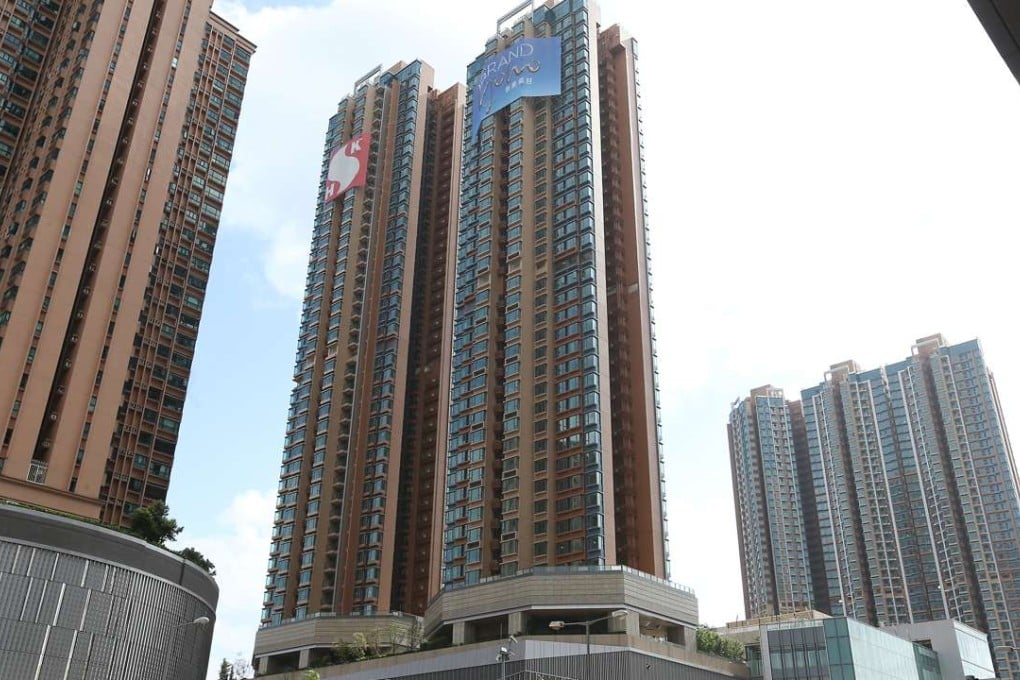Hong Kong’s top developers adopt different land bank strategies to fend of rising competition

Hong Kong’s land market hasn’t been short of record-breaking deals in the past four years, especially since mainland Chinese developers began taking an interest.
Top local developers have seen their market share decline in terms of acquisitions of government sites as bigger and richer mainland players expand onto their turf.
Sitting on piles of cash and with low gearing, Hong Kong’s big players have taken a different path when it comes to “land banks”, or acquisition of greenfield sites for new developments.
“We have seen big changes in the local property market in the past two years, like the aggressive entry and purchasing by mainland developers. Many small and medium size local developers have also come out and intensified the competition in government land sale tenders,” said Alvin Cheung Chi-wai, associate director at Prudential Brokerage.
“Big developers have to reassess their land bank strategy and make changes according to their respective strategic future directions.”